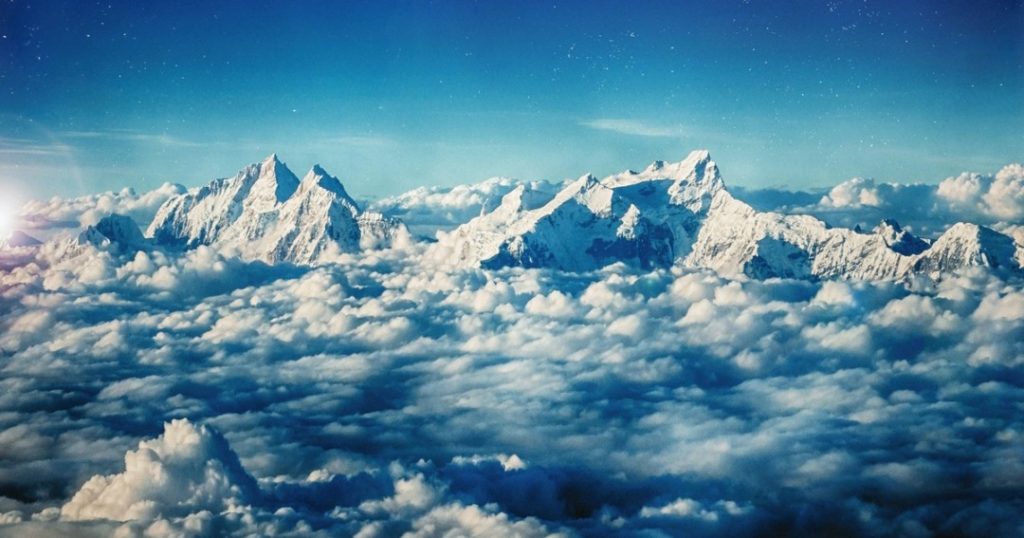
There’s more to India than being the spiritual guide in ‘Eat. Pray, Love’; it’s one of the most geologically and ecologically diverse places on Earth. An average traveller can only dream of covering like 20% of the wonders that exist in this country, nay, subcontinent. Imagine the vast mass of over 4,440,000 km2 (1,710,000 sq mi) existing since 180 million years ago, it’s bound to have some pretty cool things up its sleeve. There are so many natural wonders of India that are still a mystery, yes, but there are so many that we do know about. So, if you are someone who wants to explore the secrets of this Earth, start with India.
For travelers who crave more than just the popular tourist spots, the natural wonders of India offer a deep dive into the planet’s history, biodiversity, and sheer awe. From meteor-crater lakes to ancient mountain ranges older than the Himalayas, India’s landscape is a natural history book waiting to be explored. Let’s get into it!
The Geographical Drama: Natural Wonders of India
1. The Himalayas – Earth’s Newest Giants

Formed by the ongoing collision between the Indian and Eurasian plates, the Himalayas are still rising 1cm each year. For trekkers, spiritual seekers, and geologists, this mountain range is a living monument to tectonic power.
Travel Tip: Visit Zanskar Valley, Mechuka or Sikkim for offbeat Himalayan experiences. Check out Explurger’s suggestions in the links below:
⛷️Zanskar Chadar Trek Itinerary
🌄Best Places to Visit in Mechuka
🗻Places in Sikkim you haven’t heard of
2. The Aravallis – Older Than Time
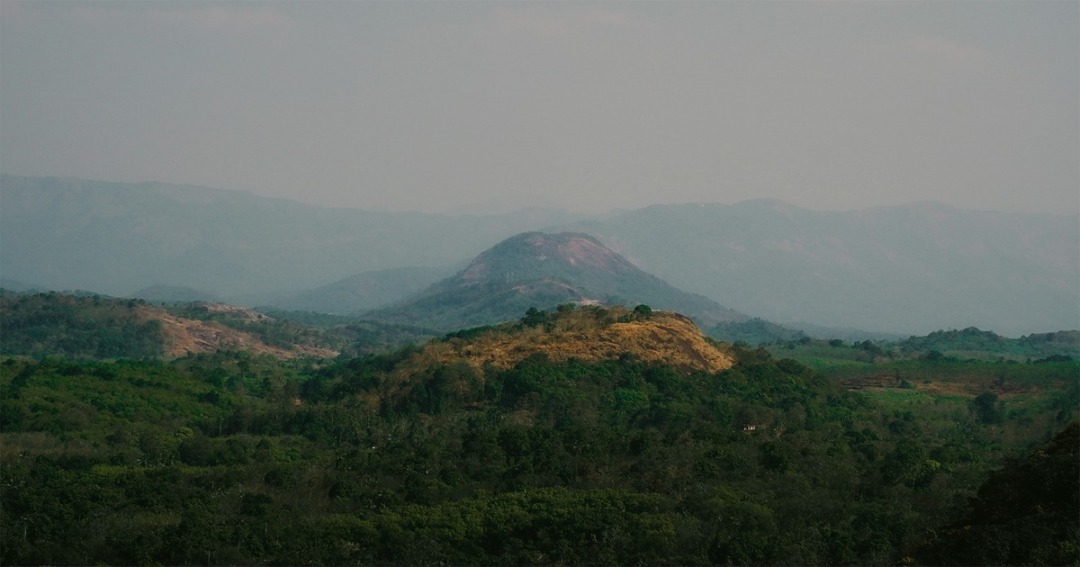
Dating back over 670 million years, the Aravalli range is one of the world’s oldest mountain chains. Its rugged terrain and rich mineral deposits are a magnet for nature and history lovers alike.
Travel Tip: Explore Mount Abu or the Sariska Tiger Reserve for a nature-meets-history trip.
🏜️Offbeat places to visit in Rajasthan
3. Deccan Traps – The Land That Killed Dinosaurs?
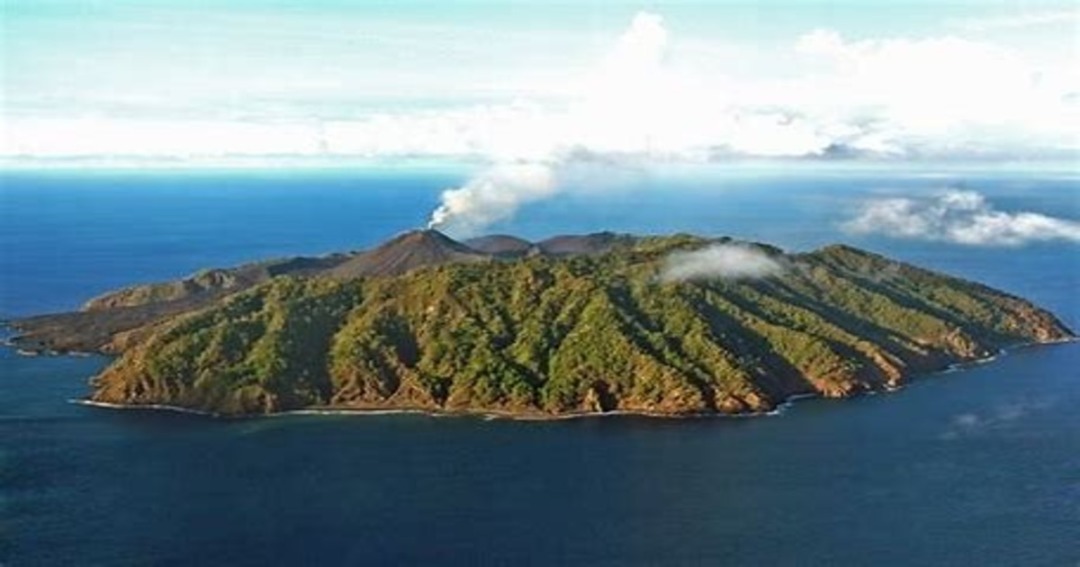
This vast volcanic plateau was formed by some of the largest eruptions in Earth’s history. Some scientists even link it to the extinction of the dinosaurs.
Travel Tip: Head to Matheran or Panchgani for surreal volcanic landscapes. The Western Ghats offer a stunning roadtrip, too!
Craters, Volcanoes, and Magnetic Mysteries: Natural Attractions of India
1. Lonar Lake, Maharashtra
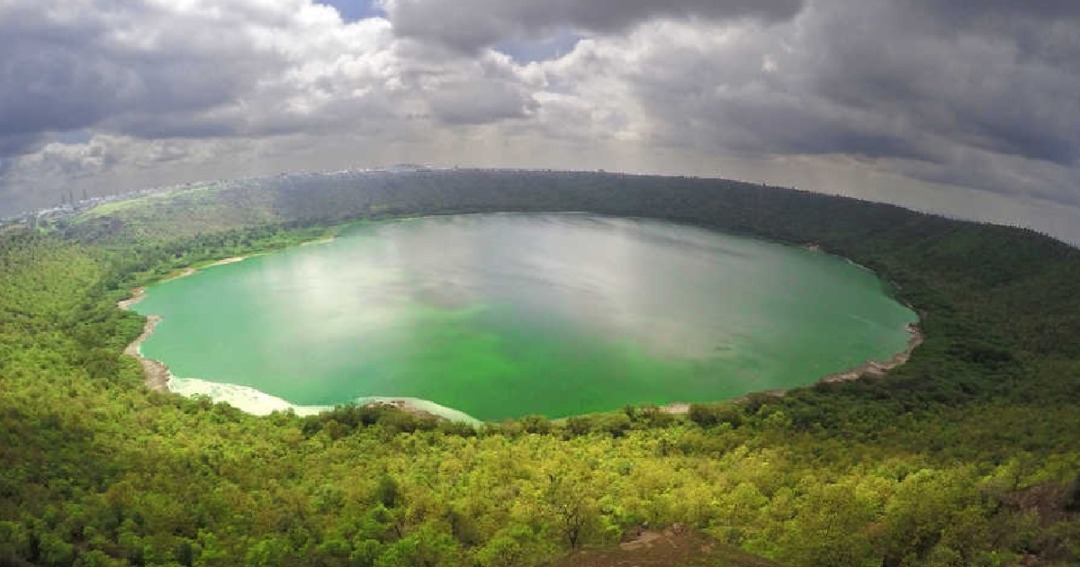
Formed by a meteor strike over 50,000 years ago, Lonar Lake is one of the few hyper-alkaline and saline lakes in basalt rock anywhere on Earth. Even NASA has studied it.
Travel Tip: Best visited between November and February; try to catch a sunrise over the crater.
2. Barren Island, Andaman & Nicobar
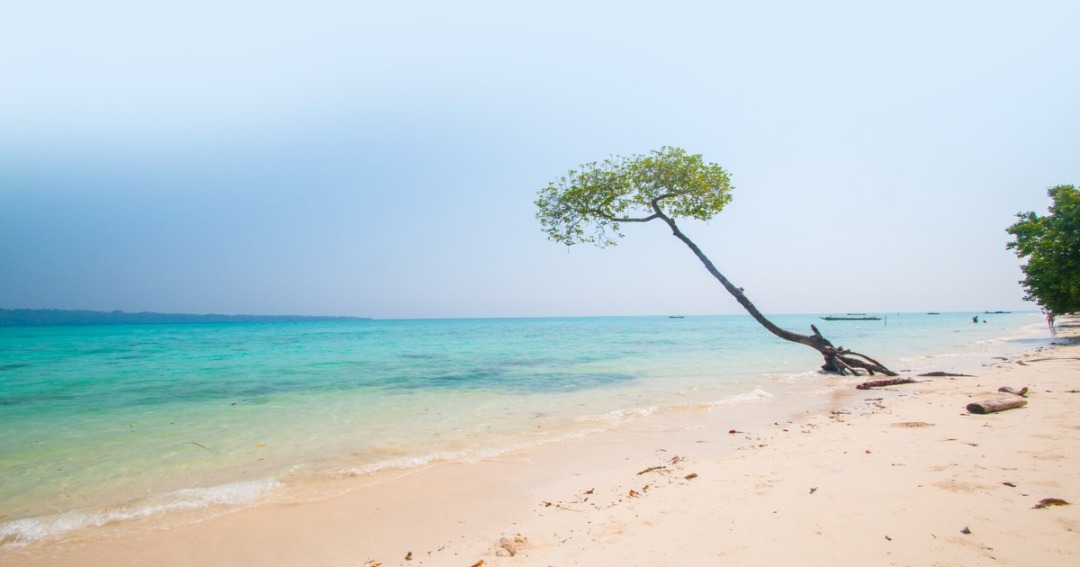
India’s only active volcano is located on a remote island. It’s one of the rare sites where visitors can witness volcanic activity (from a safe distance).
Travel Tip: Saddle Peak, Andaman Islands is the highest point in Andaman with panoramic views!
🏝️All you need to know about your Andaman Trip
3. Magnetic Hill, Ladakh
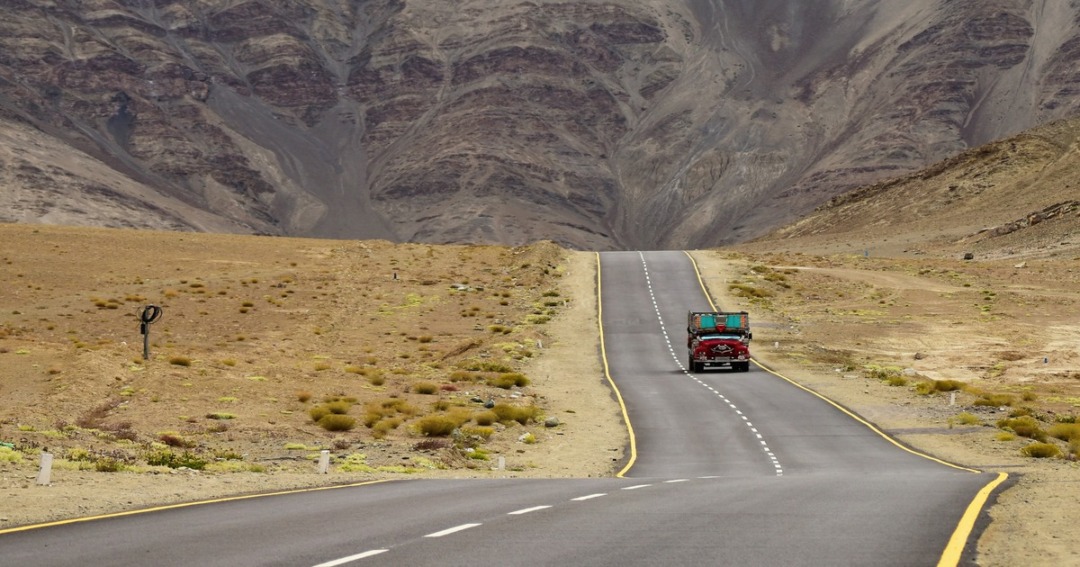
An optical illusion that makes vehicles appear to roll uphill. It’s quirky, mysterious, and perfect for road-trippers.
Travel Tip: Combine with a drive to Gurudwara Pathar Sahib and the Sangam viewpoint.
India’s Incredible Lakes and Waterbodies: Natural Wonders of India
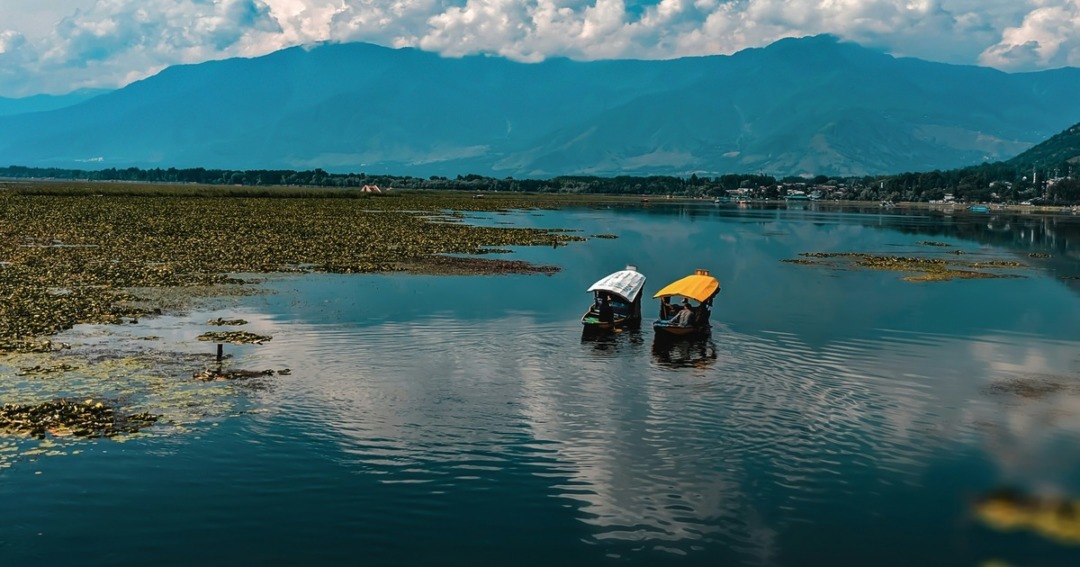
1. Loktak Lake, Manipur
Famous for its floating phumdis (vegetation masses), home to Keibul Lamjao National Park, the only floating national park in the world. Be sure to check the news for the political upheaval in Manipur before booking your trip, as pretty as a place can be, it is also a land divided.
Travel Tip: The Loktak Day is observed every year on the 15th of October at the periphery of the Loktak lake.
2. Chandubi Lake, Assam
Created by an earthquake on June 12, 1897, this serene lake is surrounded by dense forests and tribal villages. Local Rabha and Garo tribes organize a traditional festival here every January.
Travel Tip: Ideal for those looking to disconnect, want to indulge in some fishing, rowing, picnics etc as its only 8 meters deep.
🚣♀️Top 10 Places to Visit in Assam
3. Pulicat Lake, Andhra Pradesh-Tamil Nadu
India’s second-largest brackish water lagoon, Pulicat, is a haven for flamingos and migratory birds. It’s an ecological treasure with fishing villages, islands, and salt pans. The lake also has archaeological significance dating back to the D
utch East India Company era.
Travel Tip: Visit during the Flamingo Festival in January.
🐦Places that your Andhra Pradesh itinerary needs to include
Valleys, Canyons, and Flower Carpets: Natural Attractions of India
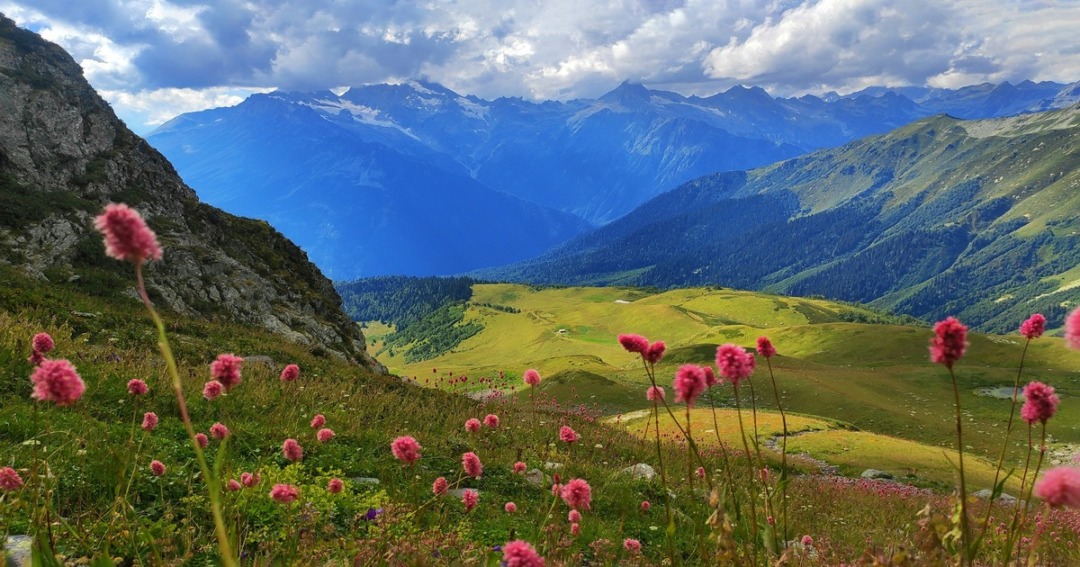
1. Valley of Flowers, Uttarakhand
A UNESCO World Heritage Site, this alpine valley explodes in color every monsoon with hundreds of species of wildflowers. The valley lies at over 3,500 meters and is accessible only by trek.
Some of the flowers found here are used in traditional Himalayan medicine.
Travel Tip: Visit between July and September; pair with the Hemkund Sahib trek.
2. Gandikota Canyon, Andhra Pradesh
Often called the “Grand Canyon of India,” this hidden gem is carved by the Pennar River. The red sandstone gorge and medieval fort give it a dramatic look. The fort here once housed Persian and Telugu inscriptions dating back to the 12th century. Efforts are being put forth to give Gandikota a world heritage status.
Travel Tip: Camp near the gorge and explore the nearby Gandikota Fort.
3. Western Ghats – Biodiversity Meets Geology
Once attached to Madagascar (still bearing the same biodiversity), the Western Ghats are a biodiversity hotspot with ancient forests and rare species. They stretch from Maharashtra to Kerala and are crucial for monsoon rainfall. These mountains are older than the Himalayas and part of the original Gondwana landmass.
Travel Tip: A road trip, especially during the monsoons, is something you will cherish forever!
1. Borra Caves, Andhra Pradesh
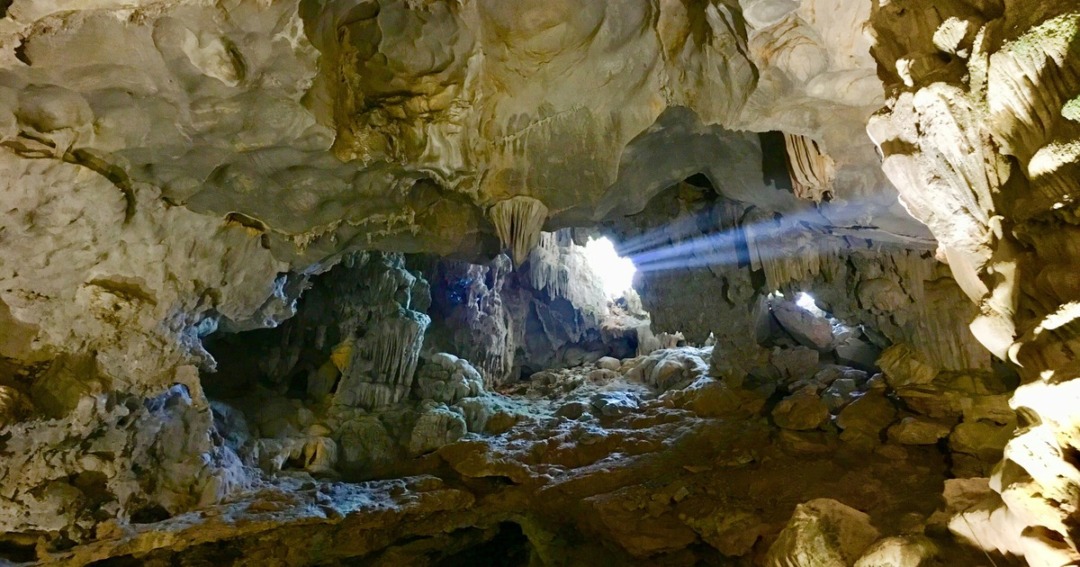
Limestone caves with stunning stalactite and stalagmite formations, formed by the flow of the Gosthani River on the Eastern ghats. The play of light inside makes them a visual treat. The deposits have developed into interesting forms and structures inside the caves, such as Shiva–Parvati, Mother–Child, Rishi’s beard, human brain, mushrooms, crocodile, temple, etc. These shapes have captured the imagination of tourists, while some have been given religious interpretations.
Travel Tip: Accessible from Araku Valley and can be combined with scenic train journeys.
2. Meghalaya’s Limestone Caves – The Longest in India
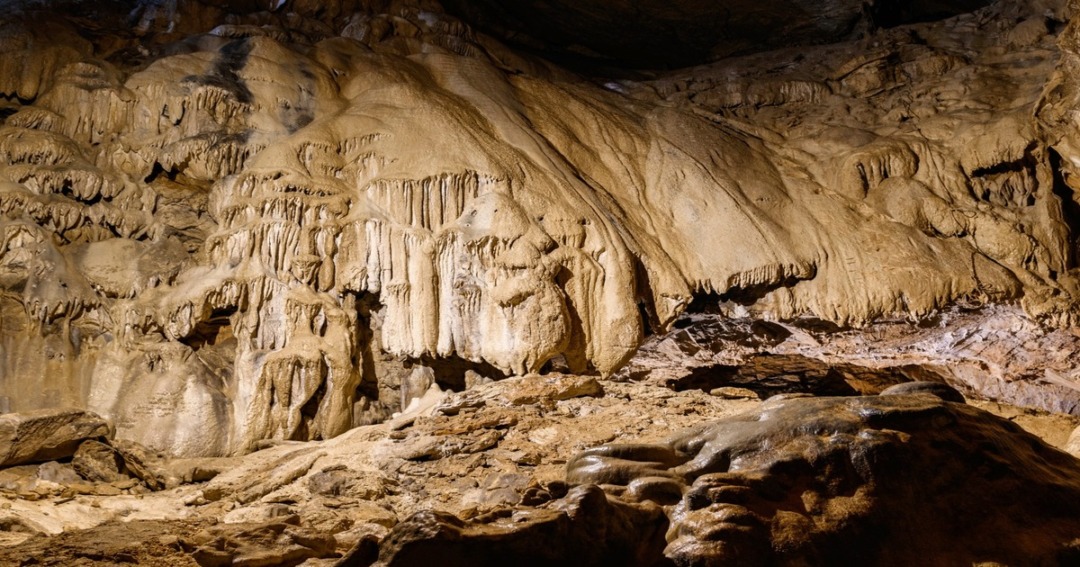
Home to nine of the ten longest caves in India, Meghalaya is a speleologist’s paradise. These caves cut through limestone hills and are adorned with spectacular formations. Many of these caves are still being explored, and scientists believe more undiscovered networks may exist.
Travel Tip: Visit during dry months and always go with a guide!
3. Undavalli Caves, Andhra Pradesh
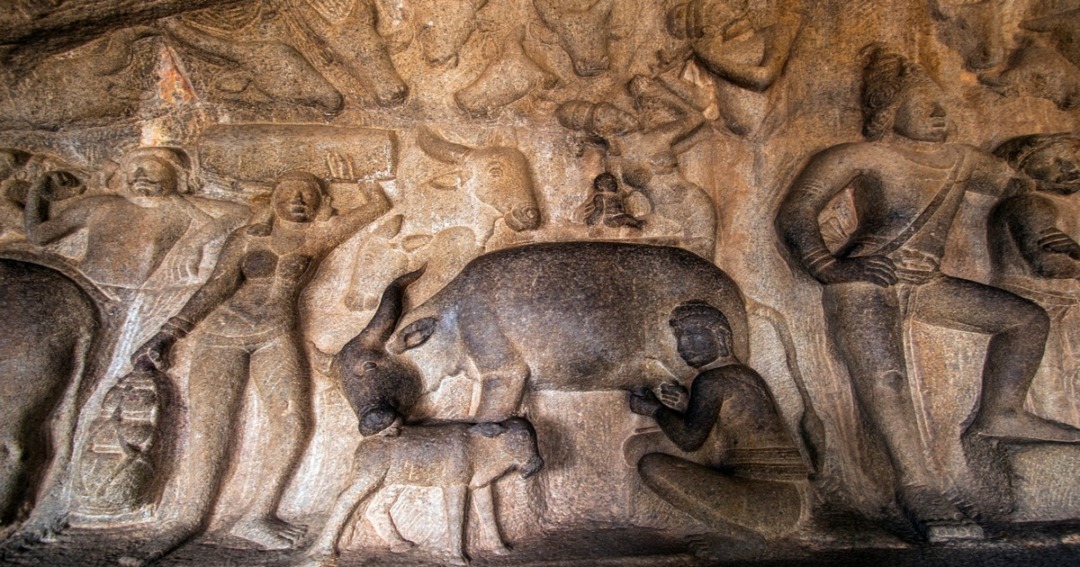
Located near Vijayawada, these 4th- and 5th-century monolithic rock formation caves are carved from solid sandstone and overlook the Krishna River. The main cave houses a massive reclining statue of Vishnu, sculpted from a single block. It is one of the centrally protected Monuments of National Importance.
Travel Tip: Combine this with a boat ride on the river for scenic views.
Marine Magic and Coastal Marvels: India’s Natural Attractions
1. Rann of Kutch, Gujarat
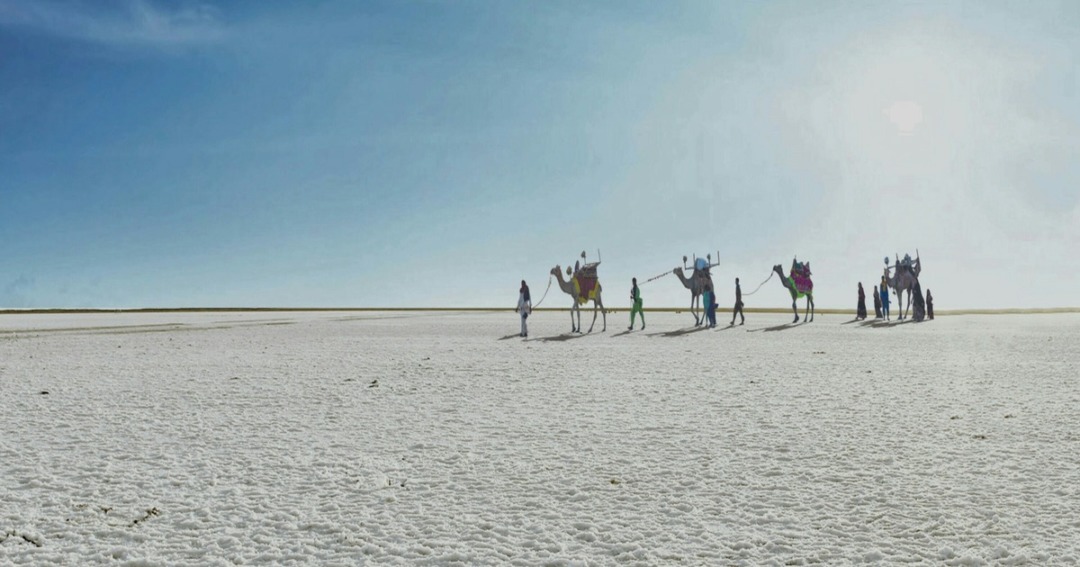
A vast salt desert that turns surreal during the Rann Utsav festival. By day, it’s stark white; by night, under moonlight, it’s magical. The area is also a cultural hotspot for local crafts and folklore. The Rann was once a shallow part of the Arabian Sea.
Travel Tip: Stay in traditional Bhungas (mud huts) and don’t miss the full moon night walks.
2. Coral Reefs of Lakshadweep

India’s only atoll coral reefs are perfect for diving, snorkeling, and marine photography. These islands are pristine, with turquoise lagoons and sandy beaches. These coral islands are critical for India’s marine biodiversity and are under strict environmental regulations.
Do read about the mass deforestation being done in the name of development❗
🏝️ All you need to know about Lakshadweep for your trip!
3. Ram Setu & Dhanushkodi, Tamil Nadu

A chain of limestone shoals believed to be the mythical bridge built by Lord Rama. Also a geographical mystery. Dhanushkodi is a ghost town with ruins from a cyclone-hit past. Satellite imagery shows a submerged bridge-like structure connecting India to Sri Lanka.
🛕Top 5 Places to Visit in Tamil Nadu
Ancient Forests and Mangrove Kingdoms: Natural Wonders of India
1. Sundarbans, West Bengal
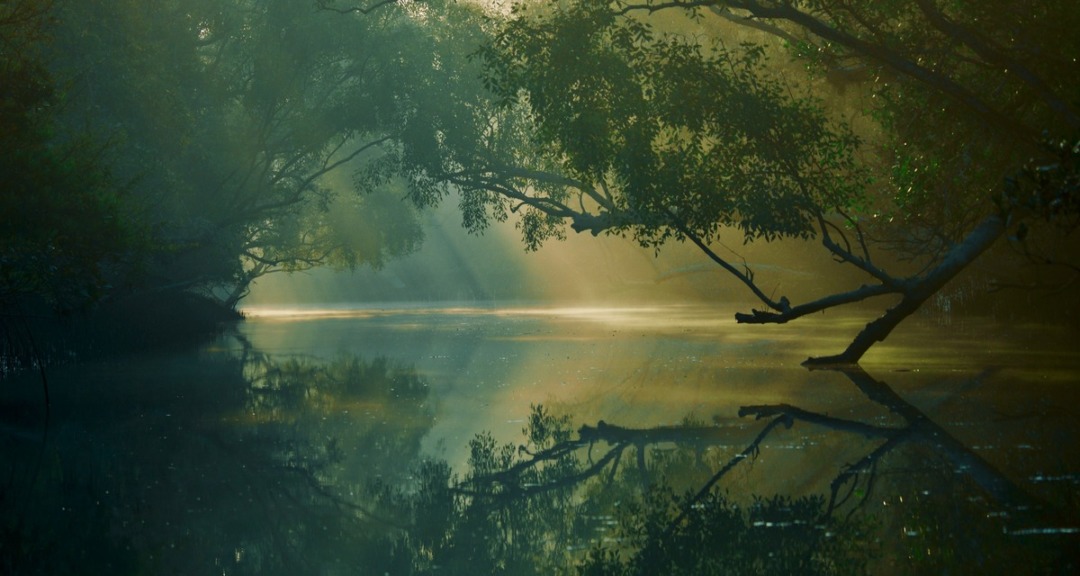
The world’s largest tidal halophytic mangrove forest and home to the Royal Bengal Tiger. It spans India and Bangladesh and plays a critical role in coastal protection. The Sundarbans act as a natural buffer against cyclones and tsunamis.
Travel Tip: Take guided boat safaris and stay in eco-resorts.
2. Silent Valley, Kerala
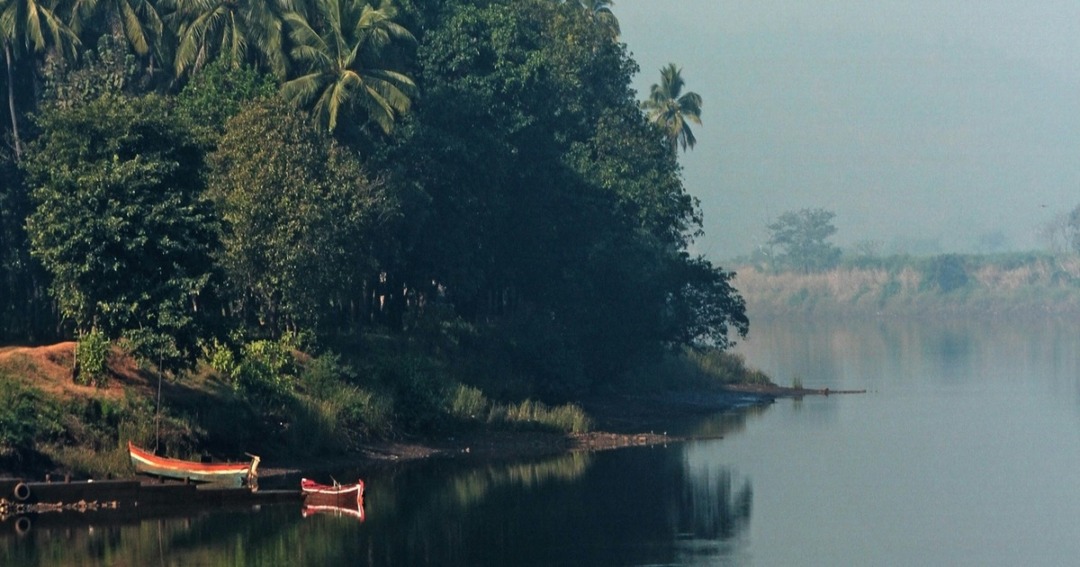
One of India’s last undisturbed tropical rainforests, saved from a dam project in the ’80s. It’s a biodiversity treasure with over 1,000 species of flowering plants. It’s one of the few places where the endangered Lion-tailed macaque thrives.
Travel Tip: Ideal for birding and butterfly spotting; permits are required.
Because there’s wayyyyy more to explore!
We can’t even begin to cover India in just a few blogs, but hey, something is better than nothing. When you are done with the above, check out the ones below:
- Marble Rocks, Bhedaghat – White cliffs carved by the Narmada River
- Bhimbetka Rock Shelters – Natural formations with 30,000-year-old cave art
- Balancing Rock, Jabalpur – A mysterious gravity-defying rock
- St. Mary’s Island, Karnataka – Basaltic lava formations, result of ancient volcanic activity.
- Krem Liat Prah, Meghalaya – One of the longest natural cave systems in India
- Manikaran, Himachal Pradesh – Natural hot springs amidst the Himalayas
- Yana Rocks, Karnataka – Unique limestone monoliths surrounded by lush forest
- Kudremukh, Karnataka – Horse-face-shaped peak and bio-rich Shola grasslands
Final Thoughts: Natural Wonders of India
Natural Wonders of India isn’t just beautiful — it’s ancient, unique, and sometimes otherworldly. From rocks older than the Himalayas to volcanic islands, every traveler can find a story carved by time and nature. The more you explore, the more you realize how deeply interwoven nature and culture are across this vast land. Start your geographical exploration today, and keep Explurger’s detailed guide and, of course, the app by your side! Download Explurger Now- Click here.
Next time to plan a trip, go deeper. Let India unfold its secrets in front of your eyes.
FAQs about Natural Geographical Wonders in India
Which are the top natural wonders in the world?
Globally recognized natural wonders include the Grand Canyon (USA), Great Barrier Reef (Australia), Mount Everest (Nepal-Tibet border), and Aurora Borealis (Northern Lights). Each represents a different aspect of Earth's natural beauty. Among these, India's Western Ghats and Himalayas are often featured on global lists due to their biodiversity and scale.
Which is India's no. 1 beautiful place?
Beauty is subjective, but many travelers and photographers consider Tso Moriri Lake in Ladakh, Valley of Flowers in Uttarakhand, and Meghalaya’s living root bridges as some of the most breathtakingly beautiful places in India.
How many natural wonders are there in India?
India is home to several natural wonders, with around 7 to 10 iconic sites commonly recognized for their unique beauty & geological significance.

